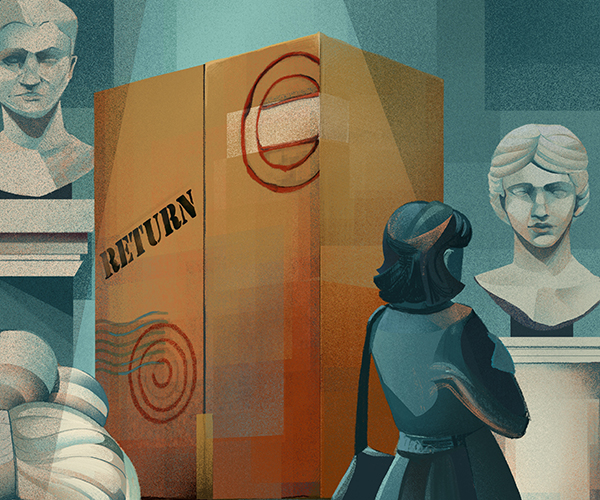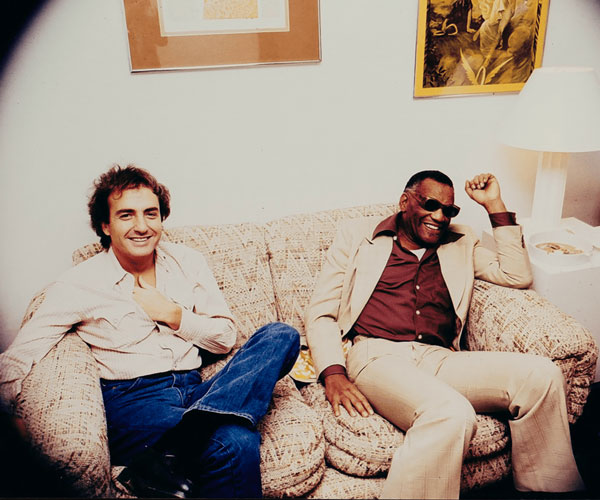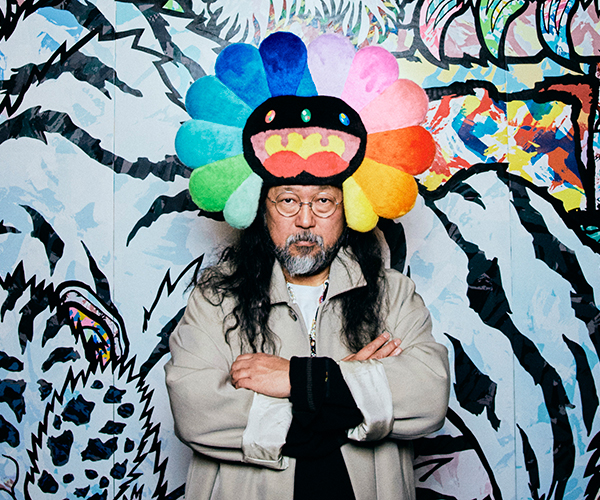Master Piece
With the renovation and expansion finally complete, the Cleveland Institute of Art opens its doors to a united campus.
At the Cleveland institute of art's new home, showing off works is just as important as the artists making them. A marriage of the 1915-built McCullough building and slick new George Gund building, the Uptown complex creates a $75 million embodiment of CIA's mission to empower future artists by immersing them in nearly 133 years of history. "What I want to do is surround the students with the legacy of excellence that they're a part of," says president Grafton J. Nunes. Before the freshly united campus opens to the public with a faculty art exhibit Aug. 28, we take a tour.
Atrium: The beautiful, 64-foot-tall Jack, Joseph and Morton Mandel Atrium connects the 168,000-square-foot McCullough building with the 80,000-square-foot George Gund building, unifying the campus.
high-tech displays: Student works are shown on a massive 35-by-50-foot screen, made of rows of LEDs in mesh, on the building's exterior and on TVs throughout the atrium. "It's contemporary art," says CIA president Grafton J. Nunes. "Our students aren't just pencil, paper, canvas, paint."
Library: Now a haven for quiet study, the renovated library has an extensive online index of contemporary art. But in the early 1900s, the McCullough building was used as a Ford Model T assembly plant. "[The library] was the Model T showroom," says Nunes.
sculpture: In front of the building, Freedom, a swooping bronze sculpture by Gordon Gund, CEO of Gund Investment Corp., welcomes visitors. The artist and former owner of the Cleveland Cavaliers created the work despite losing his sight to a degenerative retinal disease at age 30.
The Cinematheque, a CIA favorite for sophisticated film, has a new home in the Peter B. Lewis Theater complete with 300 plush seats. We talked with John Ewing, who co-founded Cinematheque in 1985, about the transition.
A lot of us, including me, are a little bit melancholy about losing the old auditorium, which has charm and character. My first gesture was to kind of clench my heart.
I think people will be happy [in the new space]. Every seat is a good seat, because it's so large and the sight lines are so good. Moviegoing should be a more immersive experience in the new theater than it was in the old one.
People are enamored with the technology, but we're still going to be showing a lot of black-and-white films in mono. We didn't want to lose the 35 mm capability. We'll just be able to project everything better.
I would love to save the [old] auditorium exit doors and a couple of the seats. If we had a space, I would make a little display to remember our history. There are actually a few crazy people who would like to buy some of the seats. — as told to Sheehan Hannan
With curved walls, a polished concrete floor and theatrical lighting, CIA's new 3,500-square-foot Reinberger Gallery is an elegant upgrade from the East Boulevard space. Here are three highlights.
Student gallery: Facing Euclid Avenue, the gallery shows works created, curated, booked and organized by students. "It's really important that [the gallery] be not at the back of the building but right at the front," says Nunes.
Black box: The gallery is equipped with a black box space and an ultra-high-definition screen to show experimental films and multimedia projects.
sound System: In the gallery's ceiling, a dedicated speaker system allows curators to build 360-degree atmospheric sound environments. "It opens up the avenue for experimental sound," says Bruce Checefsky, director of the Reinberger Gallery.



